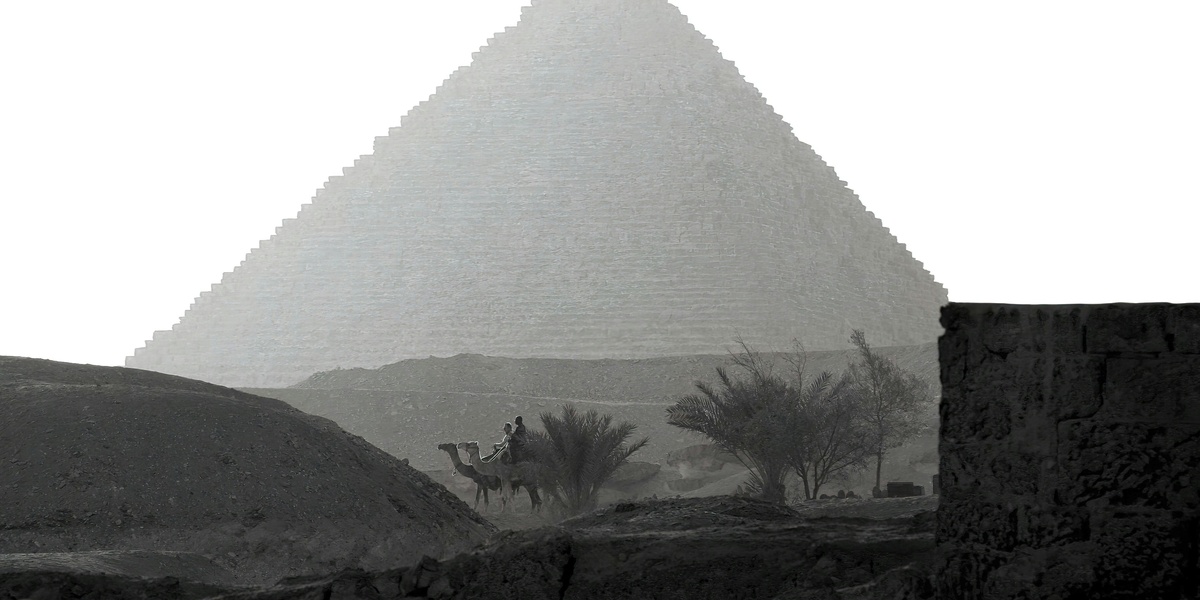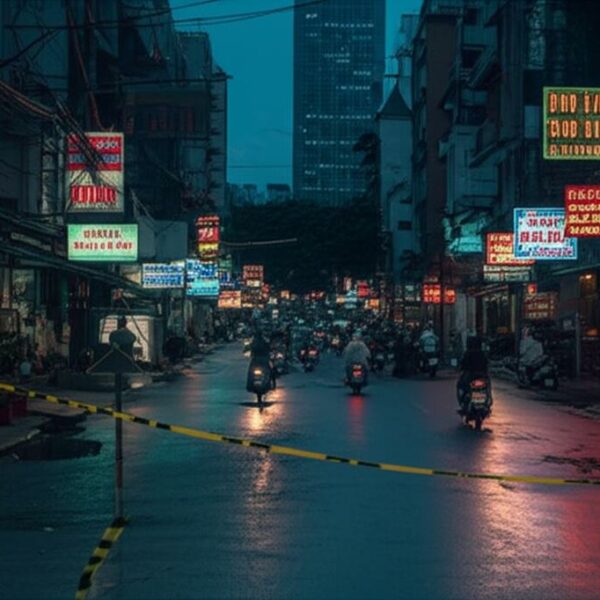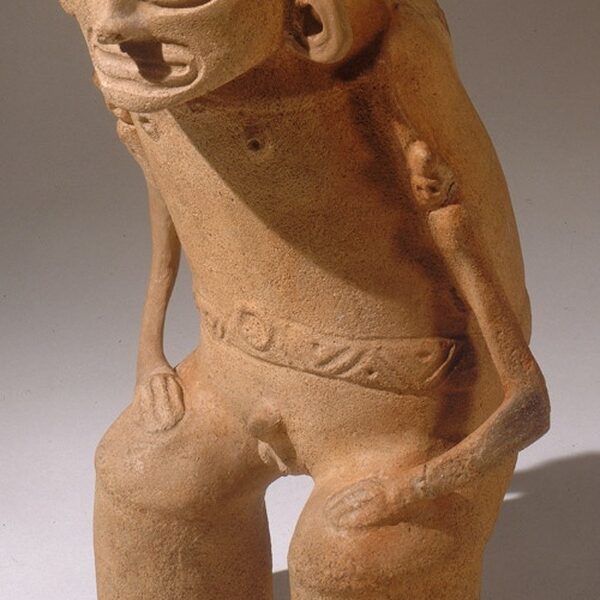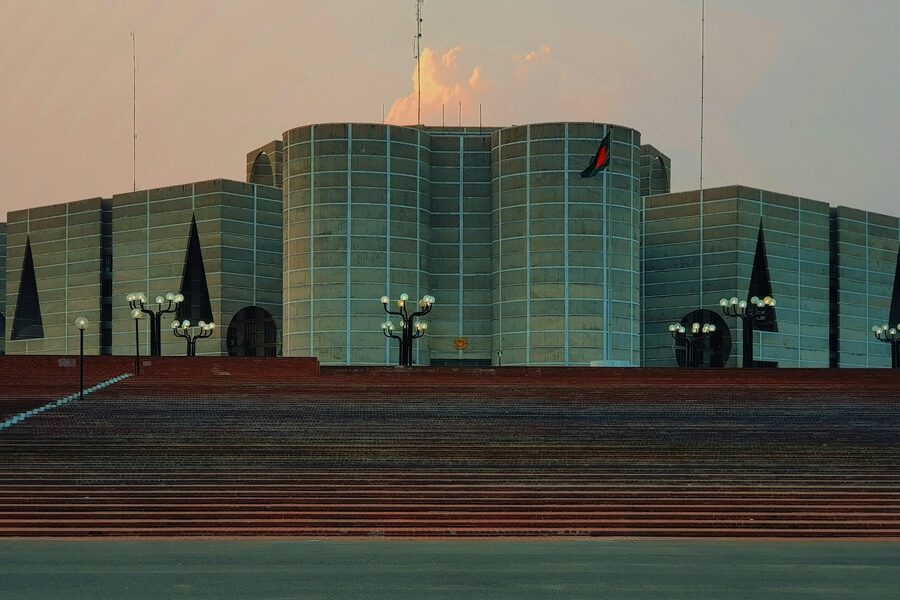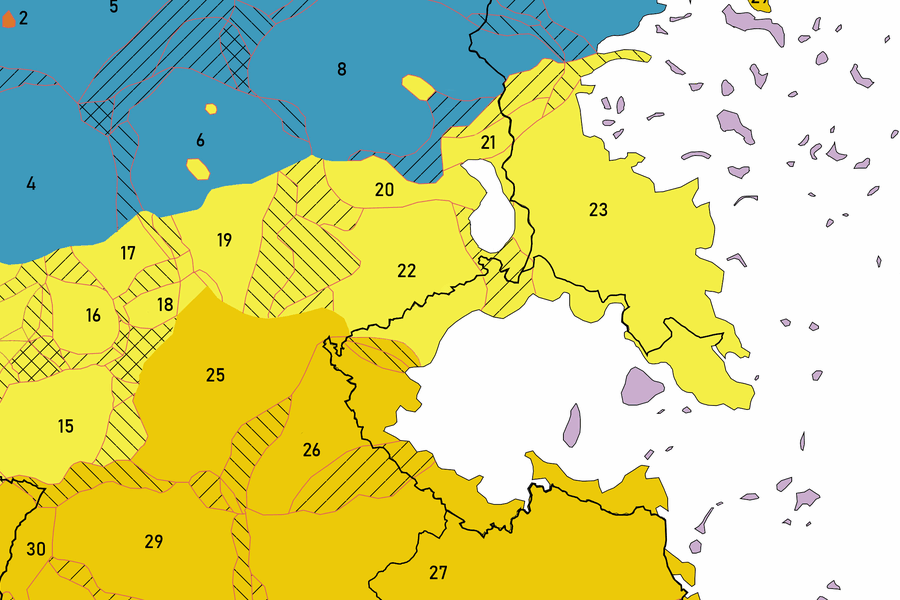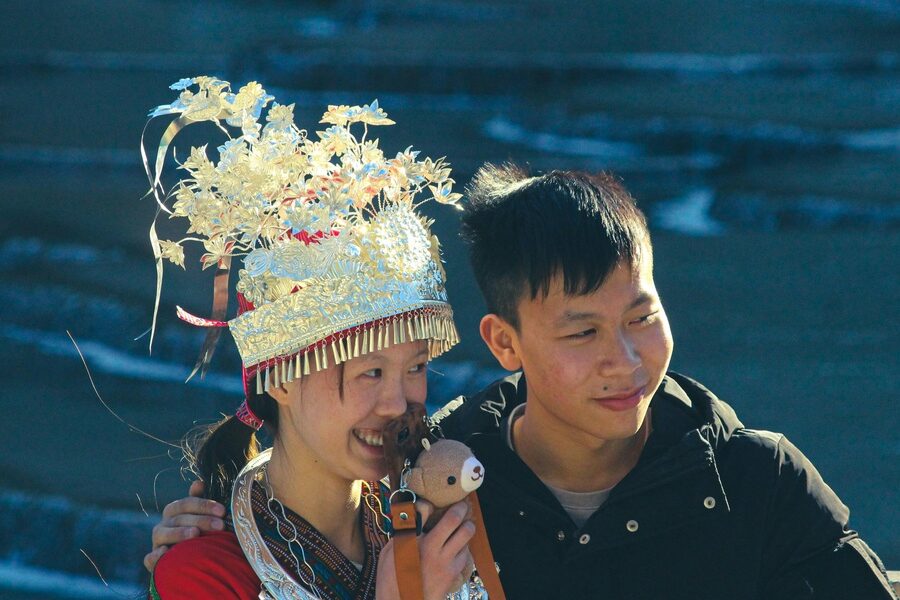Sudan’s Nile valley once hosted the powerful Kingdom of Kush; today its sun-baked pyramids at Meroe (and lesser-known Nubian sites) stand as quieter, less crowded cousins to Egypt’s monuments. I remember arriving before sunrise, walking across cool sand while the first light lit the steep, narrow faces of the Nubian pyramids; a local guide pointed out carved stelae and whispered the names of long-ago kings as goats grazed nearby.
Sparse crowds mean more intimate moments with history, and the landscapes — from the Nile’s slow, palm-fringed islands to the Red Sea’s offshore atolls — feel like rewards for travelers who venture a little farther. For those weighing reasons to visit Sudan, the mix of accessible archaeology, pristine natural sites, lively markets and warm hospitality makes the case strongly.
This piece lays out ten concrete reasons to plan a respectful trip, grouped into four travel themes: history and archaeology; natural landscapes and adventure; culture, food and festivals; and practical travel value. Expect practical tips, sensory detail and specific examples you can use when planning an itinerary.
History & Archaeology
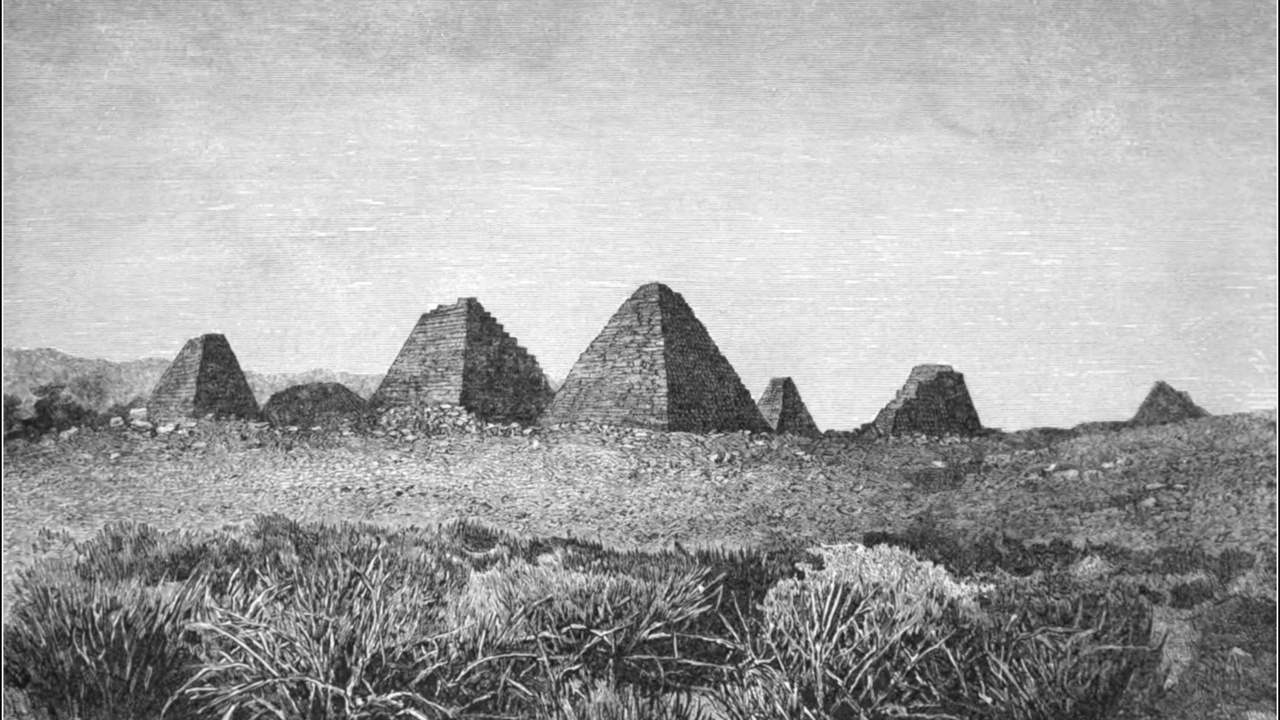
Sudan’s archaeological heritage is unexpectedly vast and remarkably accessible. Travelers often find guided day trips and multi-day routes that link museum displays in Khartoum with remote necropolises and living Nubian communities.
1. Ancient Nubian Kingdoms and the Pyramids of Meroe
Visiting Meroe places you within one of Africa’s most impressive but under-visited pyramid fields. The necropolis contains over 200 pyramids clustered across several sites, their steep profiles rising above the ochre desert.
Gebel Barkal and the Napatan sites received UNESCO World Heritage recognition in 2003, and that inscription helped preserve temples and royal burials that speak directly to Kushite power and ritual. Local guides make the remote ruins easy to reach, arranging 4×4 transfers and providing clear explanations of burial practices and iconography.
Sunrise is the best light for photography: the pyramids throw long shadows and the air is cool enough for a slow, curious walk. A guide might point out pottery fragments, the remains of chapel foundations, and the line of tombs that mark ancient routes to the Nile.
2. Museums and Khartoum’s Cultural Collections
Khartoum’s museums give shape to what you see in the field. The Sudan National Museum houses Meroitic sculptures, funerary objects and Nubian relics that trace a clear chronology from Napatan kings to later periods.
Exhibits often include labeled stelae, statues and small finds that help explain burial customs and political ties with Egypt and sub-Saharan Africa. A morning at the museum makes visits to nearby pyramids and temples far more meaningful.
Smaller regional collections and curator-led tours are available for travelers with a particular interest in artifacts, and museum staff can sometimes arrange access or background briefings before a site visit.
3. Living Archaeology: Nubian Villages and Traditions
Archaeology in Sudan is not confined to glass cases; it lives in villages along the Nile. Colorful painted homes, boat-building yards and elders’ oral histories create a continuous thread from ancient times to daily life today.
Community-based programs offer homestays and guided walks where residents demonstrate crafts, explain folklore and host traditional meals. These experiences support local livelihoods and give travelers a chance to learn from people who keep those traditions alive.
After dinner, a storytelling session on a shaded verandah or a moonlit walk by the river can turn a museum visit into a fuller understanding of how past and present connect in Sudanese communities.
Natural Landscapes & Adventure
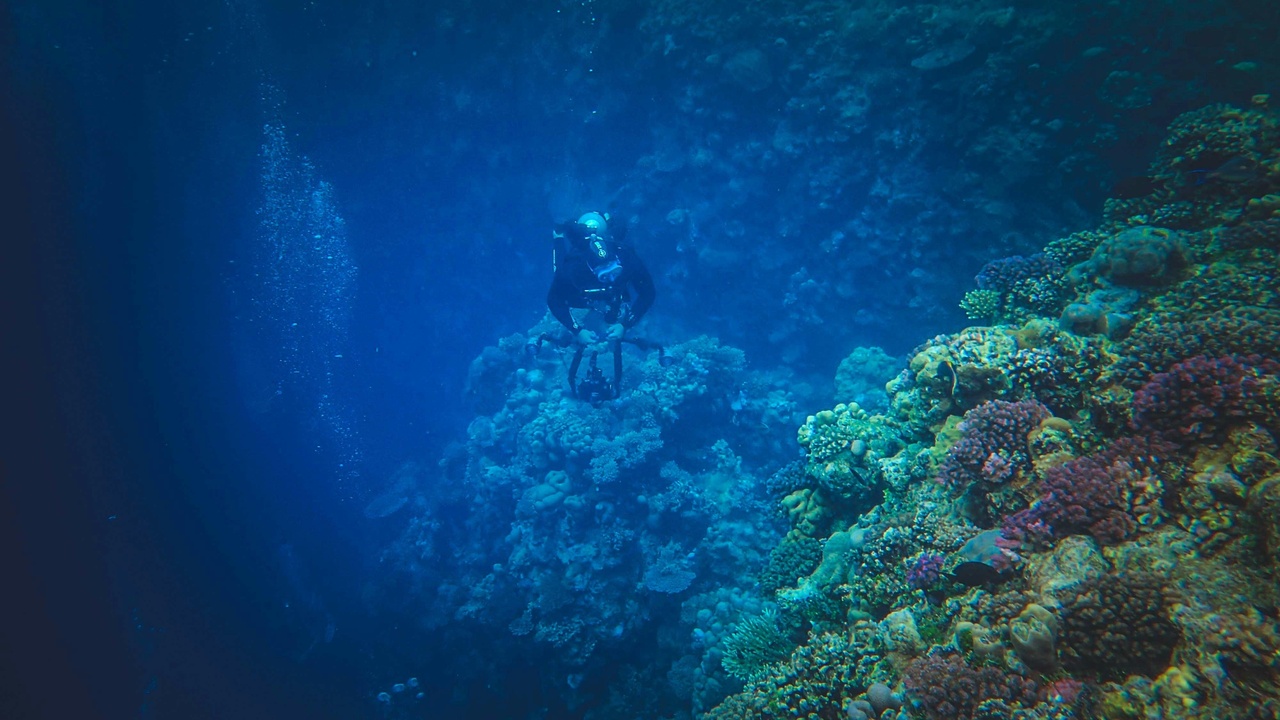
Sudan’s natural attractions span coral-rich seas, wide desert panoramas and a Nile that still shapes everyday life. Many of these places see far fewer visitors than similar sites in the region, which is precisely the appeal for adventurous travelers.
4. Red Sea Diving and Pristine Coral Reefs
The Sudanese Red Sea is among the least developed on Africa’s coast, and that translates to healthier reefs and remote dive sites. Sanganeb Atoll and Dungonab Bay are two standout areas with steep walls, coral gardens and abundant pelagics.
Underwater visibility commonly exceeds 20 meters in good conditions, and liveaboards operating from Port Sudan provide access to atolls that are rarely crowded. Divers report sightings of large fish, sharks and extensive hard and soft coral formations.
Best seasons tend to be the cooler, clearer months outside peak summer heat; local operators (liveaboards and day-boat outfits) can advise on timing and equipment. Bring reef-safe sunscreen and consider a liveaboard for the fullest experience.
5. Desert Landscapes, Nile Cataracts and Scenic River Travel
Sudan’s landscapes move from palm-fringed Nile islands to stark desert horizons. The meeting of the Blue and White Nile at Khartoum is a striking natural landmark and a useful base for river excursions.
Travelers can take felucca sails or small river cruises to explore quiet islands and watch fishermen mend nets. Upriver, rocky cataracts and rapids offer dramatic photography opportunities at dawn and dusk.
Short guided treks in nearby desert ranges and multi-day river journeys provide variety for photographers and nature lovers. Cooler months—roughly November to March—are generally the most comfortable for these activities.
6. Wildlife Safaris and Birding — Dinder and Beyond
Birders and wildlife enthusiasts can find rewarding, uncrowded habitats in Sudan’s parks. Dinder National Park protects savannah, woodlands and seasonal wetlands that host numerous migratory and resident bird species.
Guided game drives and birding walks highlight seasonal migrations and local specialities. Park fees and visits through responsible operators help fund conservation, and local guides increase the odds of memorable sightings.
Plan trips in the cooler, drier months for better visibility and easier travel, and work with operators who prioritize minimal disturbance and community benefit.
Culture, Food & Festivals
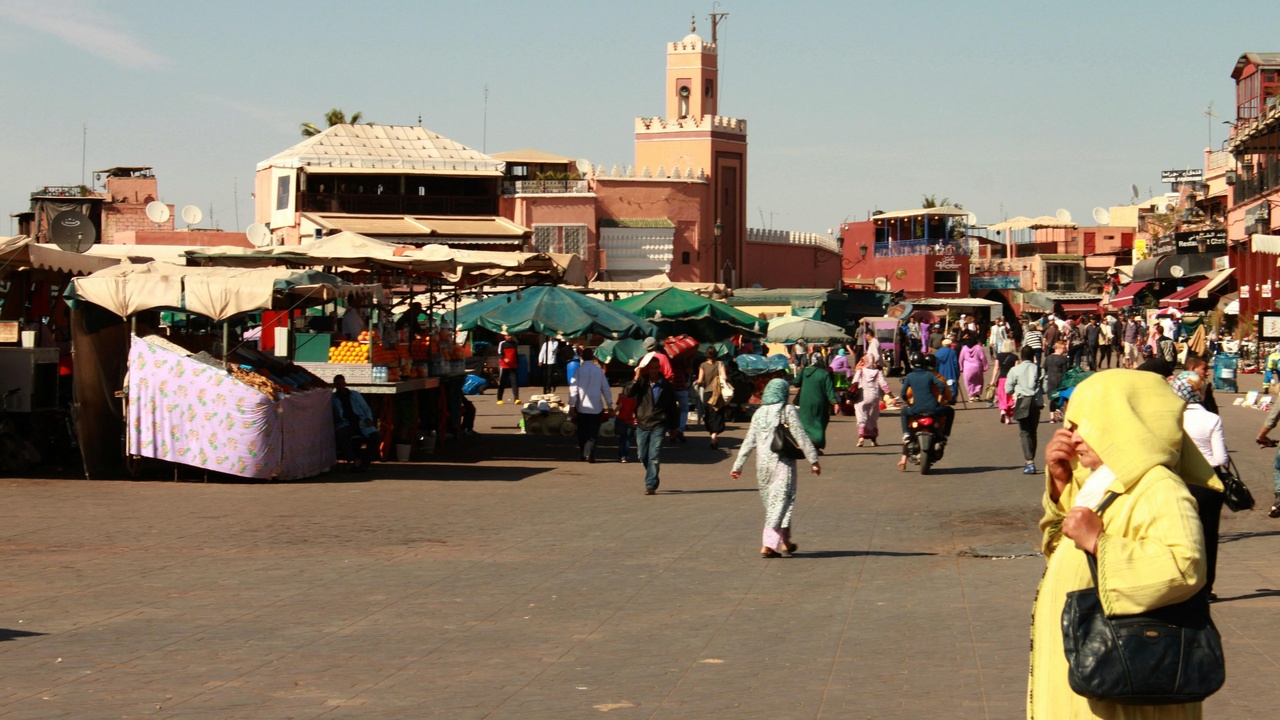
Culture in Sudan is tangible: marketplaces hum with commerce, music fills evening streets, and meals are often communal. These everyday interactions are among the most memorable parts of a trip.
7. Rich Music, Dance and Festivals
Sudan has lively local music traditions and public celebrations that vary by region. In Omdurman, evenings can feature street performers, small music nights and community dances that are open and accessible to visitors.
Attending a wedding procession or a local festival offers a glimpse of Sufi-influenced chants, percussion-driven dances and regional song styles. Timing a visit around a known festival can deepen cultural understanding.
8. Cuisine, Coffee and Everyday Hospitality
Sampling Sudanese food is essential. Iconic dishes such as ful (stewed fava beans) and kisra (a fermented flatbread) appear at market stalls, family eateries and riverside cafés in Khartoum and Omdurman.
Tea and coffee rituals are central to social life; expect repeated offers of tea in shops and homes. Morning ful vendors near markets serve a hearty start to the day, while small riverside cafés are good spots for relaxed people-watching.
Accepting an invitation for a homestyle meal or a simple cup of spiced coffee often leads to storytelling, laughter and an authentic glimpse of daily life.
Practical Advantages & Travel Value

Beyond sights and flavors, practical reasons make Sudan appealing: affordability, fewer tourists and countless opportunities for meaningful exchange with hosts and guides. Thoughtful planning makes many remote experiences accessible.
9. Affordable, Off-the-Beaten-Path Travel
Travelers often find better value and fewer crowds in Sudan than in more touristed countries. Small-group archaeological tours and community guesthouses tend to cost less than comparable trips elsewhere in the region.
Budget for transportation to remote sites and consider booking reputable local operators for safaris or desert treks. Community-run guesthouses and family accommodations provide affordable, personalized stays.
Planning around available infrastructure—reserve transfers for upriver journeys and confirm liveaboard schedules from Port Sudan—keeps trips smooth and cost-effective.
10. Warm Hospitality and Meaningful Local Connections
One of the most practical reasons to visit Sudan is the strength of its hospitality customs. Small gestures—an invitation for tea, a craft demonstration, a friendly market vendor pointing you to the best spices—create lasting memories.
Learn a few Arabic greetings, accept invitations politely, and observe local dress norms to show respect. These modest efforts often unlock deeper conversations and invitations to homes or community events.
Artisan workshops and homestays let visitors see traditional techniques up close while supporting local livelihoods, and those encounters often feel more authentic here than in heavily touristed places.
Summary
- Over 200 Nubian pyramids and UNESCO-recognized Napatan sites (inscribed 2003) offer accessible, intimate archaeology that rivals better-known monuments.
- Pristine Red Sea reefs (Sanganeb Atoll, Dungonab Bay) and dramatic Nile/desert landscapes provide world-class diving, river travel and photography without heavy crowds.
- Authentic culture—vibrant music, markets, ful and kisra, and warm tea-time hospitality—means meaningful interactions and homestay opportunities.
- Lower tourist numbers and competitive local prices create strong travel value; combine Khartoum museums + Meroe + a Red Sea liveaboard for a balanced itinerary, and always book trusted local guides.

